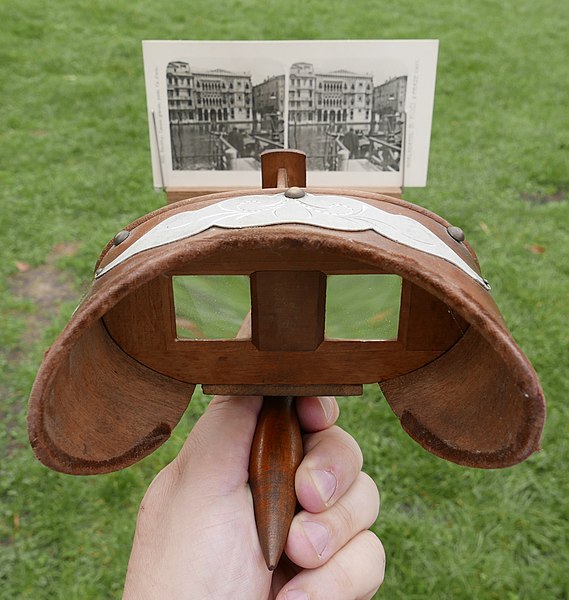
Seeing Double: Stereographs in the Nineteenth Century
By Regina Scott
Meg Pero, the heroine of A Distance Too Grand, Book 1 in the American Wonders Collection, is an expert photographer, specializing in stereographic views. These were two pictures, slightly offset, printed side by side on a rectangle of cardboard. You slipped them into a stereoscope and peered through the lens--wow! A three-dimensional picture!
Stereographs were hugely popular. At the peak of the craze, a sought-after stereograph card might be printed and sold more than 100,000 times!
Naturally, photographers were keen to have one of their images used. But a stereograph required careful composition. In the early years, a photographer would shoot two pictures, one slightly offset from the other. By the middle of the nineteenth century, camera makers had devised a stereographic camera-one shot, two offset pictures.
Here are a few examples:
Meg and her father before her specialized in landscapes and famous buildings, like these.
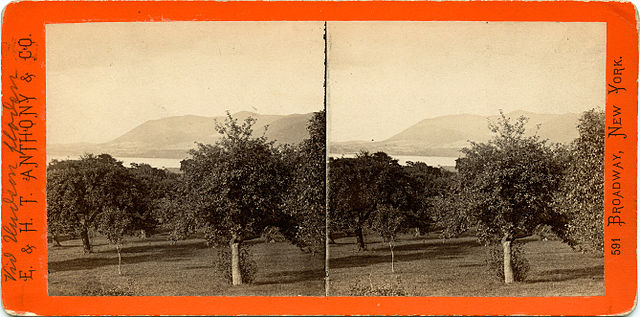
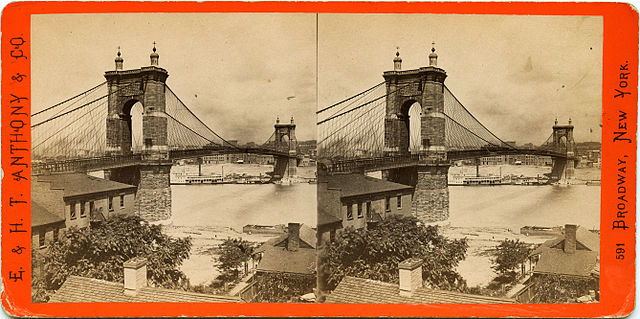
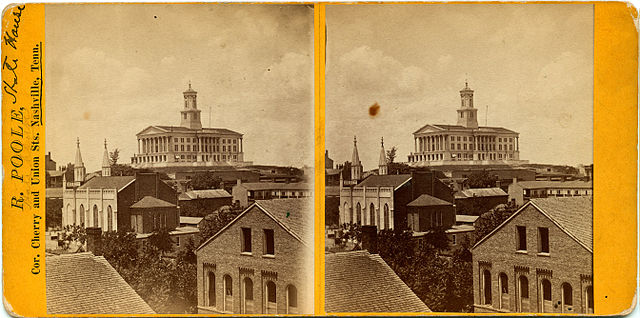
But they might have shot pictures of people and animals as well.
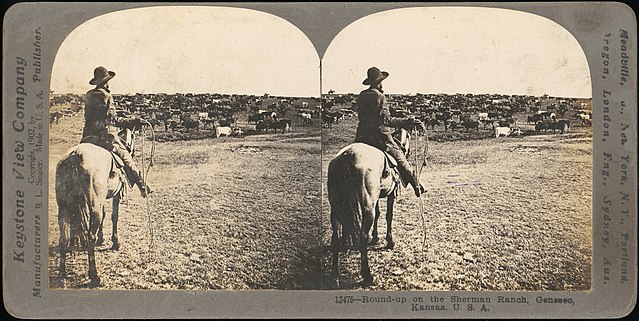
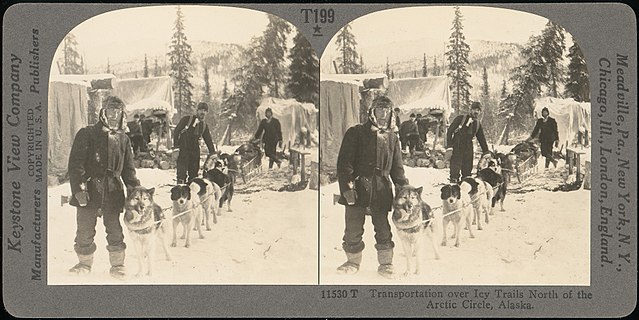
Want more information on early photography and stereographs? Try A Distance Too Grand.
